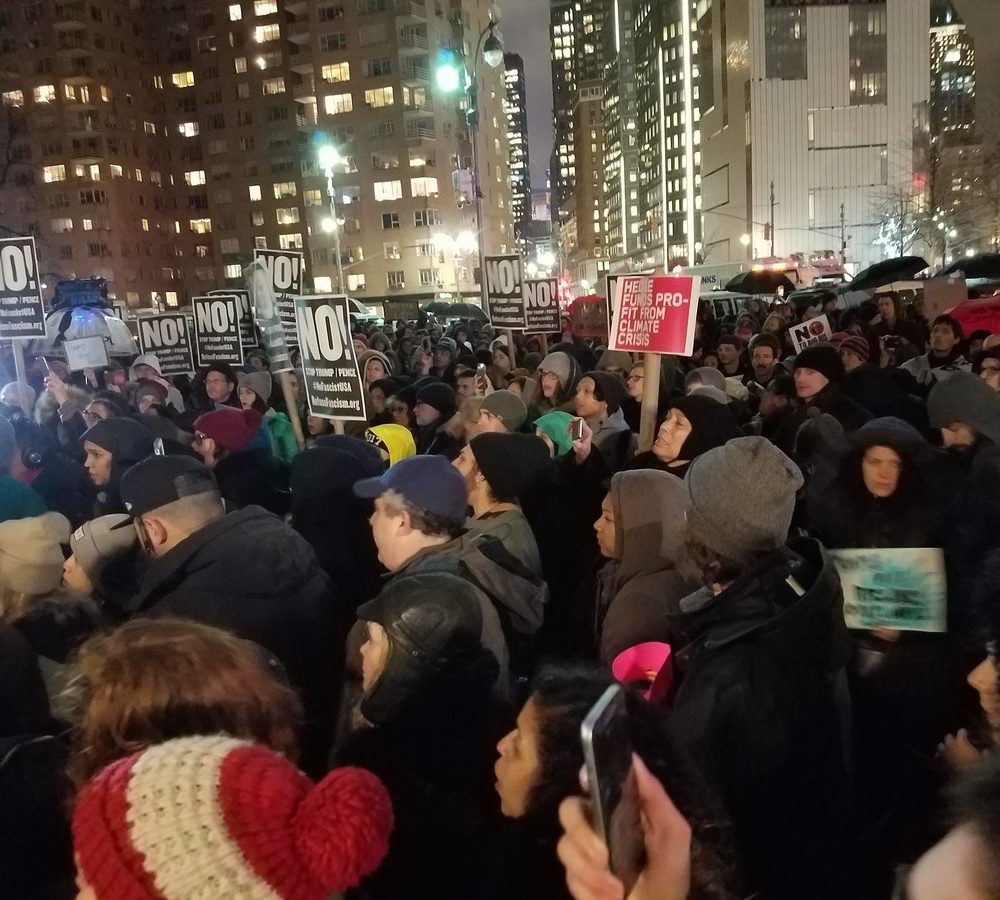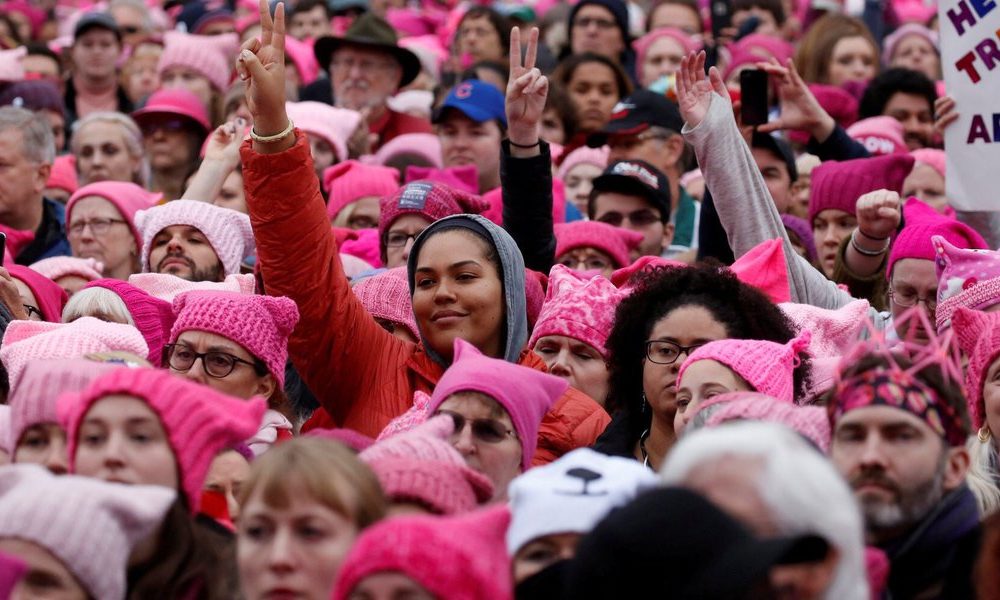By Allison Cobb
On Jan. 21, the Women’s March occurred, a historic protest that has not only gained the attention of Americans, but citizens from around the globe. Although dubbed the Women’s March, men and women, young and old, all came out to march in the major cities throughout the world in solidarity of the women’s rights. Many have been using this march as a protest for not just women’s rights, but also their political views. Being the day after President Trump’s inauguration, emotions were bound to be charged.
The Women’s March, also called The March on Washington, was organized originally via a Facebook event. According to The Washington Post, the first person credited for creating an event is Teresa Shook, a woman from Hawaii who was upset after the results of the election. It quickly spread, and eventually what started as a Facebook event had its own website. Although it started small, the event eventually grew into a worldwide march, and the numbers were staggering. Over 5 million people marched in protest on Jan. 21. At least 500,000 filled the streets in Washington D.C, and hundreds of thousands filled the streets in other major cities around the world. The event spanned from D.C, to Seattle, to even places like Sydney, Australia.
With an event this large, and this controversial, there were bound to be mixed feelings and opinions on what the march was intended to accomplish. Though called the Women’s March, it largely served as a protest against the new President. Many women around the world expressed their fear of their rights being stripped, while others stood in support of these women, and made promises of protection.
Jenna Greenfield, a freshman majoring in English, while in support of the march, had some issues with it.
“While it’s important to organize events like the women’s march, it’s also important to make the events open and welcoming for transgender people, people of color, and immigrants. The women’s march was really exclusionary.”
Others, felt as though the entire event was unnecessary in the first place. Many women across social media platforms, like Facebook and Instagram, have been writing posts about how they don’t feel unequal, and don’t see the need for the protest.
Regardless of the varying opinions on the Women’s March, both NBC News and Fox News have credited the Women’s March as one of the largest nonviolent protests in history, not just in America, but in tons of other countries. Fox News had some qualms with certain things, like vulgar signs, but nonetheless, at the end of day in D.C, no arrests had been made.
Several celebrities also spoke in Washington, like Scarlett Johansson and Madonna, preaching the integrity of nonviolence.
Protesting has been both supported and scorned by the general public, and within the last few years has had a negative connotation tagged onto it, due to the destruction that has often come along with it. Some have questioned its usefulness or its point.
The biggest goal of the Women’s March was to give those who participated, or supported it, a voice. The ability of these millions of people to voice their opinions, without violence, is something to celebrate.
What next for this movement? On the Women’s March website, they have ‘10 actions, 100 days’. Every ten days, they have a plan to do something about their beliefs. The first is to write to your senators about what matters to you.







